Solar Engineering Company: What Decision-Makers Must Know Before Signing a Contract
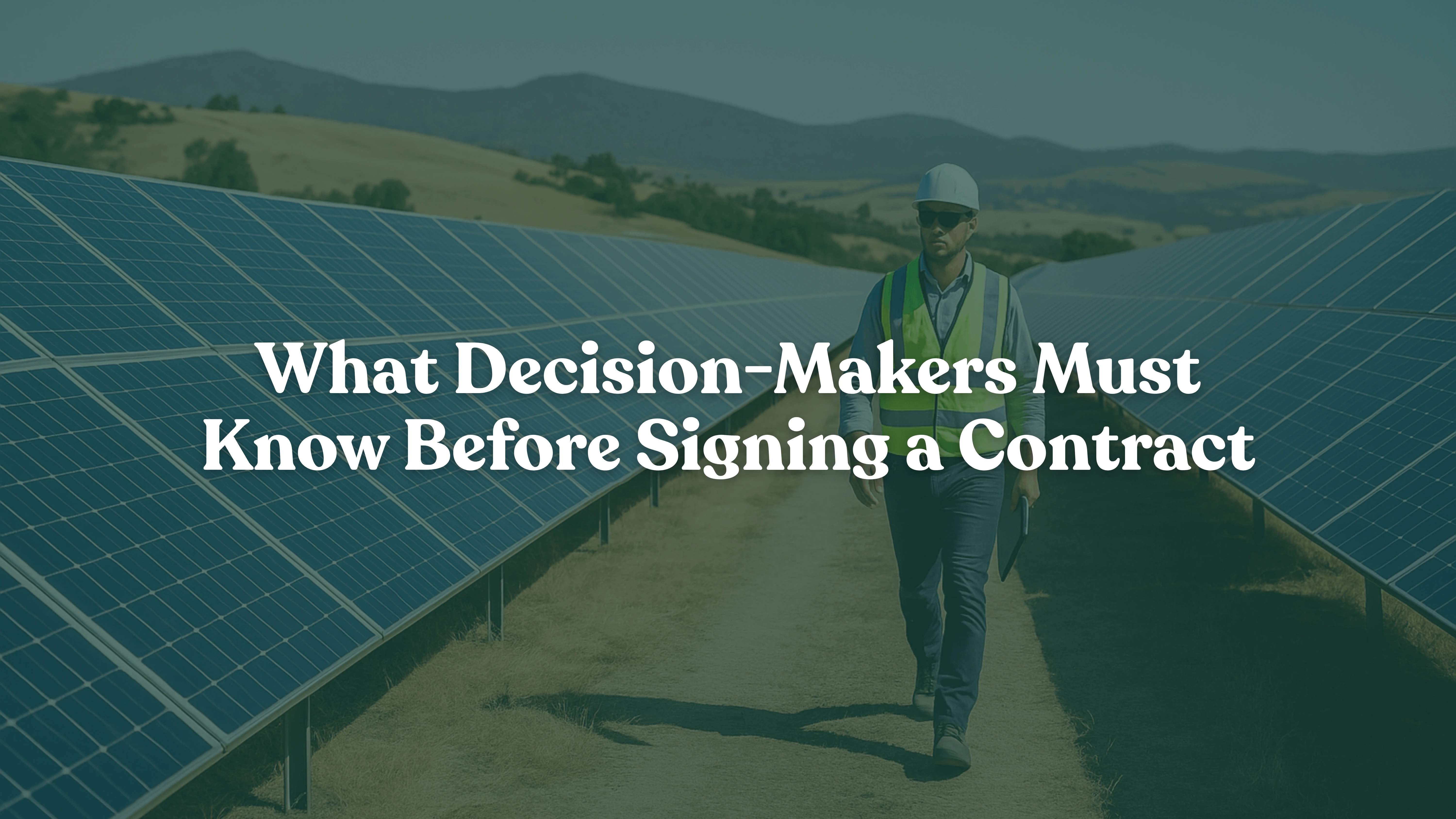
If you’re leading a commercial solar project, let me offer a critical piece of advice: never underestimate the impact your solar engineering company will have on the success or failure of your system. This isn’t about sales pitches or slick presentations. It’s about whether your solar infrastructure functions as promised for 25+ years—or fails quietly, taking your investment with it.
As someone who’s consulted on solar engineering across major infrastructure projects, I can tell you from experience: the right solar engineering company is your most valuable partner. They shape system performance, grid compliance, safety, and long-term ROI before the first panel ever gets delivered.
What Makes a Solar Engineering Company Valuable?
Most commercial leaders assume the solar engineering company just handles a few drawings and then hands it off to installers. That’s a costly misunderstanding. A high-caliber solar engineering company is responsible for the system’s brain and backbone:
- Site-specific solar layout and irradiance modeling
- Structural engineering for rooftop or ground-mount installations
- Load calculations and wind/snow compliance
- Full electrical system design
- Utility interconnection schematics
- Permit-ready stamped plans from licensed Professional Engineers (PEs)
If any part of this is rushed, cookie-cutter, or wrong? You’ll feel it in change orders, delays, failed inspections, or worse—lost performance for years.
The Commercial Edge: Solar Engineering That Drives ROI
One of the biggest misconceptions I hear from CFOs and facility managers is that engineering is a fixed line item on the budget. It isn’t. Done right, engineering becomes a lever for increasing energy yield, reducing upfront costs, and unlocking better financing terms.
An experienced solar engineering company does more than code compliance. They optimize system layout, reduce BOS (balance-of-system) complexity, and mitigate risks like shading, inter-row loss, or thermal hotspots. Those small adjustments? They compound into hundreds of thousands of dollars in recovered energy and operational stability over time.
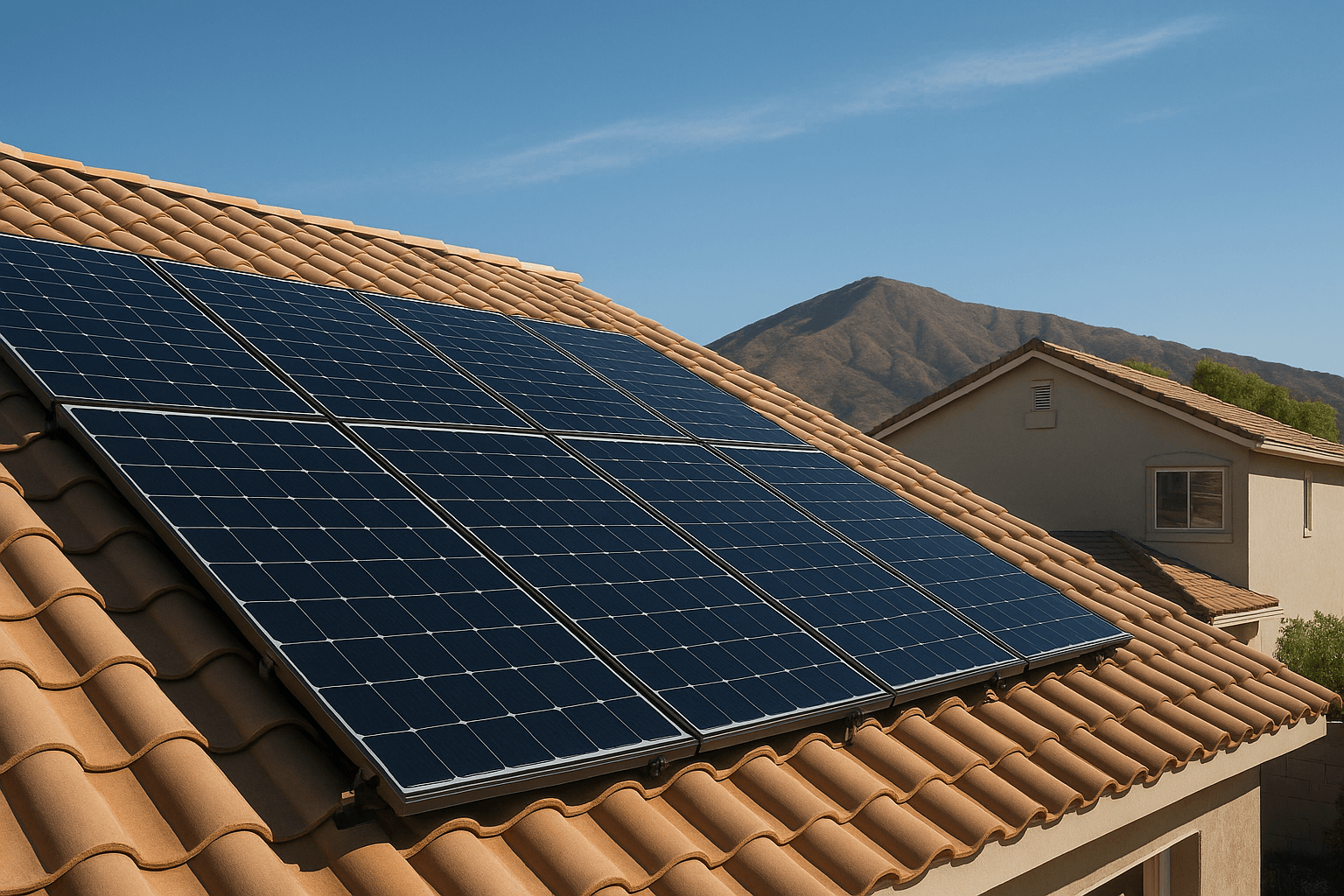
What Separates a Top Solar Engineering Company from a Template Shop
A professional-grade solar engineering company brings technical depth, not just flashy proposals. They should:
- Conduct on-site assessments, not just desk audits
- Provide PE stamps in your jurisdiction
- Use top-tier modeling tools (PVsyst, HelioScope, AutoCAD, ETAP)
- Design to IEEE 1547, NEC 690, UL 1741 SA, Rule 21 (California), and other relevant standards
- Coordinate with utilities during interconnection planning
If they rely on offshore drafters without licensed oversight? Or recycle designs between unrelated commercial projects? That’s not engineering—that’s risk.
Engineering Isn’t Installation: Know the Division of Labor
I’ve worked with dozens of solar installers who are great at what they do—mounting hardware, wiring inverters, commissioning systems. But they rely on the plans provided by the engineering company. If those plans are flawed or missing critical details (like proper conductor sizing, load calcs, or ground fault coordination), the install team can’t fix that onsite.
Bottom line: your solar engineering company makes decisions the install crew is bound to follow. Make sure those decisions are precise, not shortcuts.
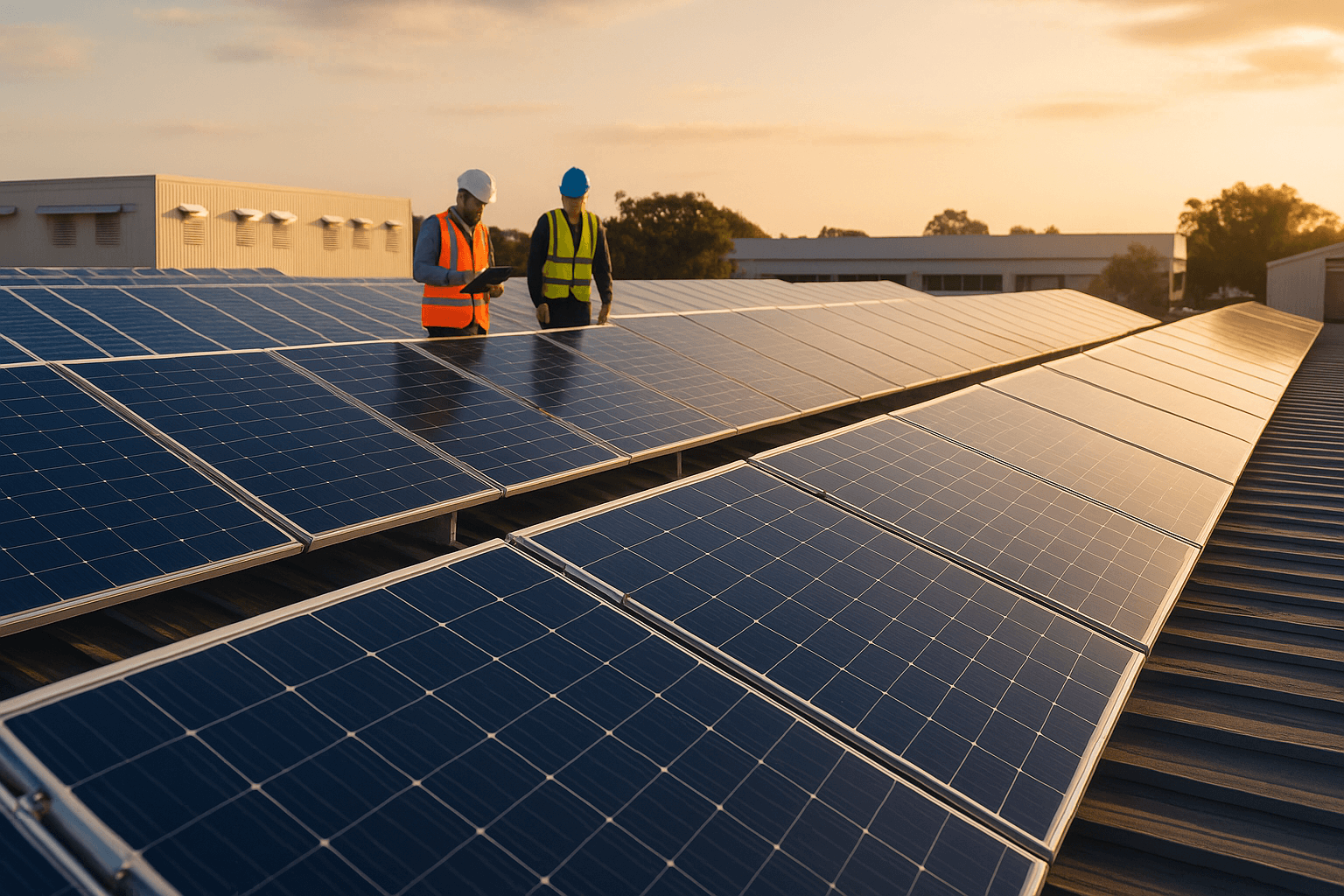
The Questions I Ask Every Solar Engineering Company
When I’m reviewing candidates for a large project, these are the non-negotiables:
- Do they have experience with projects over 500 kW?
- Can they show stamped plans they’ve submitted in my state?
- What interconnection timelines are they achieving with local utilities?
- Do they account for power factor, voltage regulation, and transformer sizing?
- How do they handle utility upgrades or DER curtailment issues?
If I hear generic answers, I walk away. Because I’ve seen how much that vagueness can cost on the back end.
Real-World Impact: Case Study from a 1.5 MW Industrial Rooftop
Let me give you a real-world example. I was called in to review a struggling 1.5 MW rooftop project. The system underperformed by nearly 14%. The issue? The original solar engineering company didn’t account for HVAC unit shading patterns that shifted seasonally.
We remapped the layout, relocated two strings, and upgraded wire sizing to reduce voltage drop. The result? A 9.7% performance bump and utility approval for demand shaving incentives. That redesign paid for itself in 14 months.
That’s the value of a solar engineering company that understands nuance.
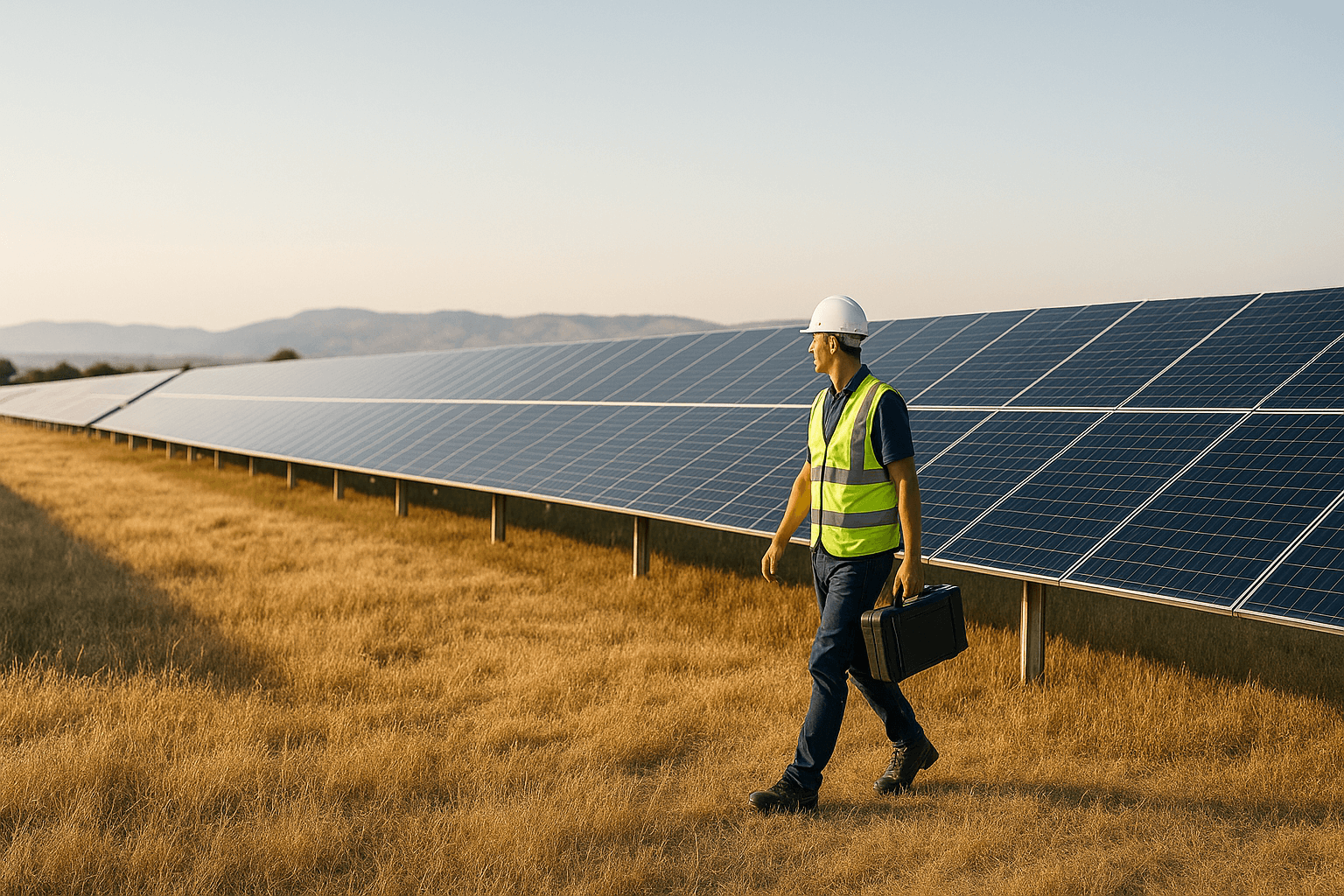
Why PE Stamps Matter More Than You Think
In commercial solar, especially in states like California, Texas, or New York, utility interconnection and building permitting both hinge on having stamped plans from licensed engineers. These aren’t just bureaucratic rubber stamps—they’re accountability mechanisms.
A PE-reviewed drawing ensures:
- Fire safety compliance
- Proper fault current mitigation
- Coordination with backup systems and critical loads
- Adherence to local seismic or wind zone requirements
Working without these is like flying without a flight plan.
What to Expect from a Good Solar Engineering Company
A top-tier solar engineering company should:
- Walk your site in person or use LIDAR + drone data
- Simulate performance with irradiance, temperature, and degradation modeling
- Coordinate with electrical service upgrades or utility meter plans
- Build scalable designs that allow for future energy storage or EV integration
- Provide 30- to 50-year equipment compatibility assessments
They don’t just deliver drawings. They deliver confidence.
Avoiding the Most Common Pitfalls
If there’s one pattern I’ve seen too often, it’s this: firms select an installer and assume engineering will be bundled in. That may be true on paper, but many solar installers subcontract engineering to the cheapest bidder. That’s how projects get stuck in AHJ rejection loops, or worse—fail post-install inspections.
If your project is above 100 kW, treat your solar engineering company as a core vendor, not a line item.
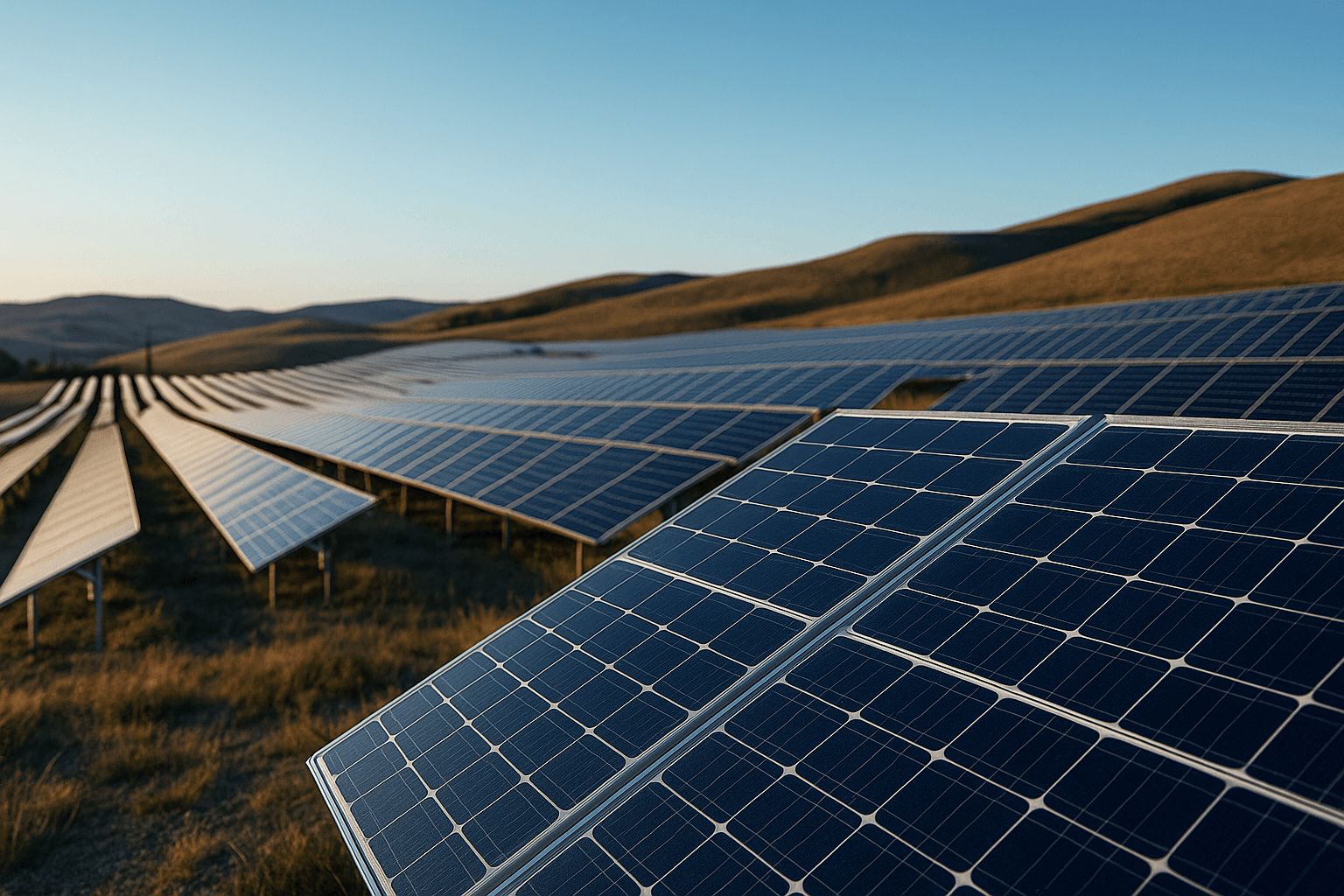
Partnering for the Long Haul
A good solar engineering company stays with you through permitting, commissioning, and utility interconnection. The best ones circle back to measure performance versus projections. They care about what happens after PTO (Permission to Operate).
That partnership is worth more than any lowball bid.
Wrapping Up with Clarity
If you’re investing serious capital in solar infrastructure, don’t just hire a contractor. Hire an intelligence, foresight, a solar engineering company that treats your project like critical infrastructure—because it is.
There are plenty of firms that can draw boxes on a blueprint. But if you want 25 years of trouble-free power, grid compliance, and performance that hits the financial model? You need a team of engineers who don’t just follow code—they shape strategy.
That’s the difference. And that’s what your project deserves.

croteam